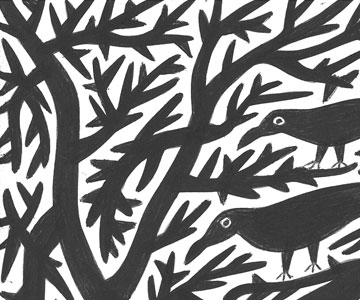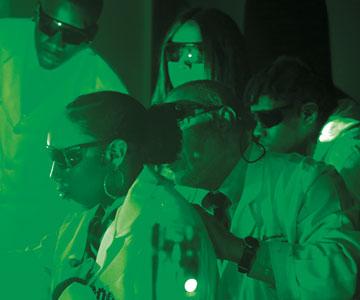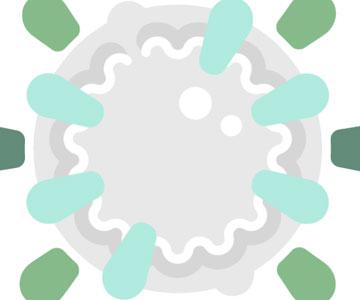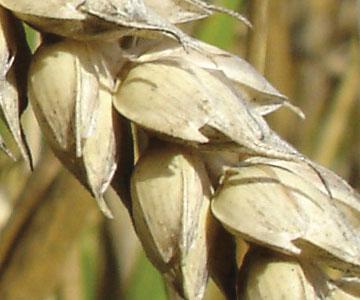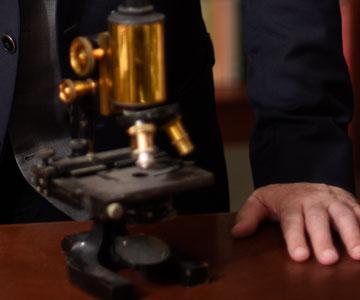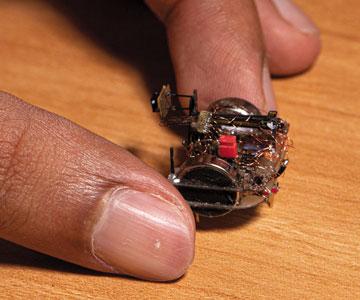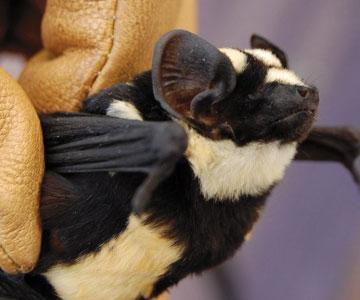Magazine
September-October 2020
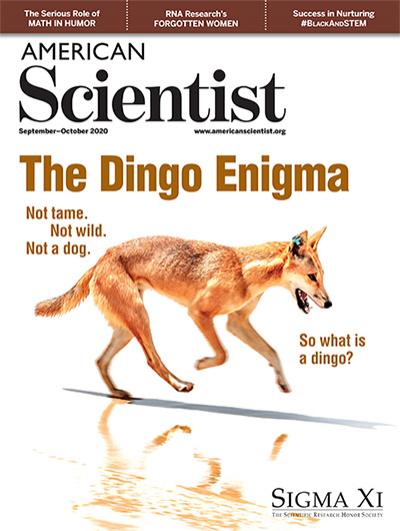
September-October 2020
Volume: 108 Number: 5
The white-sand beaches of K’gari, an island just off Australia’s eastern coast near Brisbane, provide a surreal backdrop for a mysterious creature. Dingoes were thought to be dogs by the first European explorers who encountered them, but the canids dwell somewhere between domesticated and wild—some of them may hang around humans and their settlements, but they exhibit no interest in pleasing humans the way dogs do. (Dingoes on K’gari that are aggressive toward humans, usually while scavenging food, are given an ear tag, as shown in the cover photograph.) Indeed, it has long been debated whether dingoes were originally domesticated canids that went feral once they reached Australia, or whether they were some altogether different, wild species that arrived on the island continent. Evidence from burial sites shows that dingoes have been in Australia for about 4,000 years, and genetics now indicate that their lineage is independent from that of other canid species. In “The Elusive Dingo” (pages 292–297), anthropologist Pat Shipman describes the latest research on what dingoes are, and the scientific enigmas about them that remain. (Photograph by James Orr, Trinity College Dublin; www.jamesorrphoto.com)
In This Issue
- Agriculture
- Art
- Astronomy
- Biology
- Communications
- Computer
- Engineering
- Environment
- Ethics
- Evolution
- Mathematics
- Medicine
- Physics
- Policy
- Psychology
- Technology
The Women Who Discovered RNA Splicing
Pnina Geraldine Abir-Am
Biology Ethics
Most scientists who played key roles in this Nobel Prize–winning breakthrough disappeared from public memory. Why does this injustice persist 40 years later?
Stop Me If You've Heard This Theorem Before
Daniel S. Silver
Mathematics
There is mathematics in humor. Don’t laugh—or maybe do.
